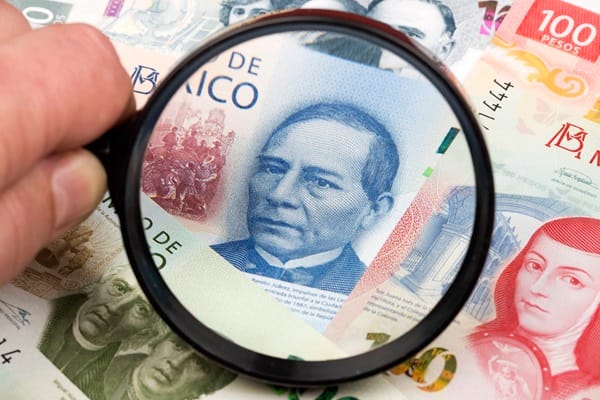Mexican Peso weakened against the US Dollar after the Federal Reserve decided to keep interest rates unchanged and signaled no urgency to adjust its policy stance.
Fed Chair Jerome Powell’s cautious speech emphasized the central bank’s commitment to bringing inflation back to its 2% target.
Ongoing trade tensions could increase inflationary risks, potentially prompting the Fed to adopt a more restrictive monetary policy. This scenario would favor the greenback and put downward pressure on the Mexican Peso.
In the US, the current account balance improved by 2% in Q4 2024 compared to the previous quarter, primarily due to a shift in the primary income balance from deficit to surplus.
Improving trade data could support the dollar.
In Mexico, weak economic indicators can add complexity to the outlook. In February, the Timely Indicator of Economic Activity (IOAE) revealed a year-on-year contraction of 0.7% in the Global Economic Activity Indicator (IGAE), but a slight monthly rise of 0.2%. While the services sector showed modest growth, the sharp decline in industrial production may weigh on investor sentiment and exert further pressure on the Peso.
Looking forward, global geopolitical factors could also shape the peso’s trajectory. Escalating tensions in the Middle East may drive investors toward safe-haven assets like the U.S. dollar, further limiting the peso’s upside potential.








